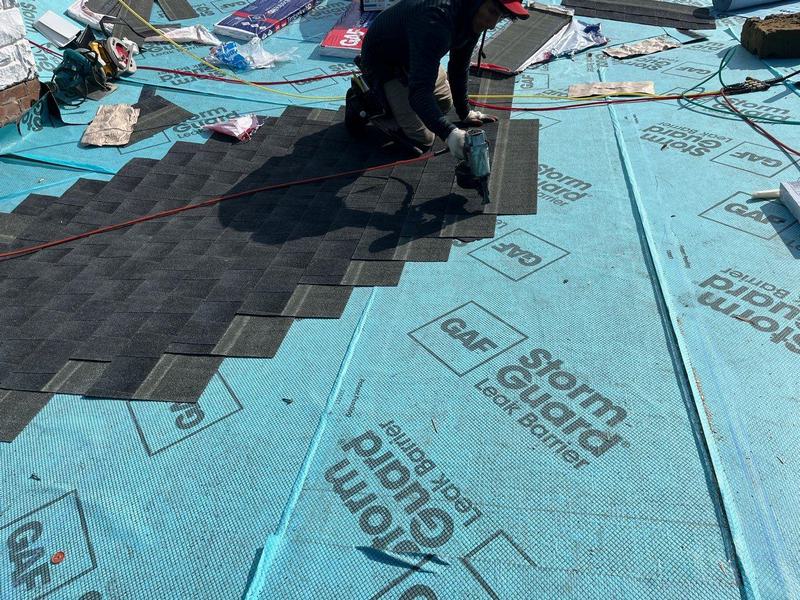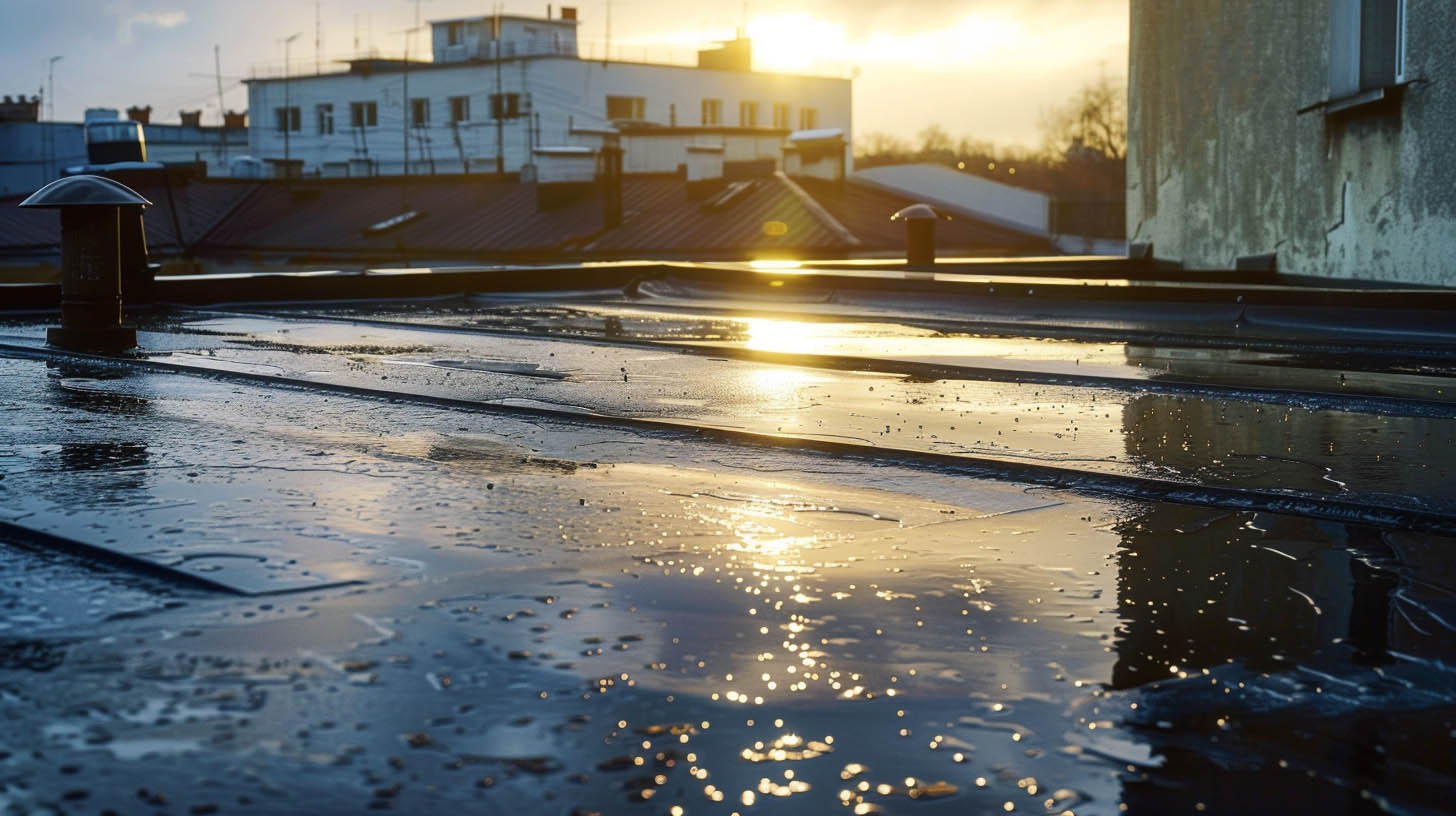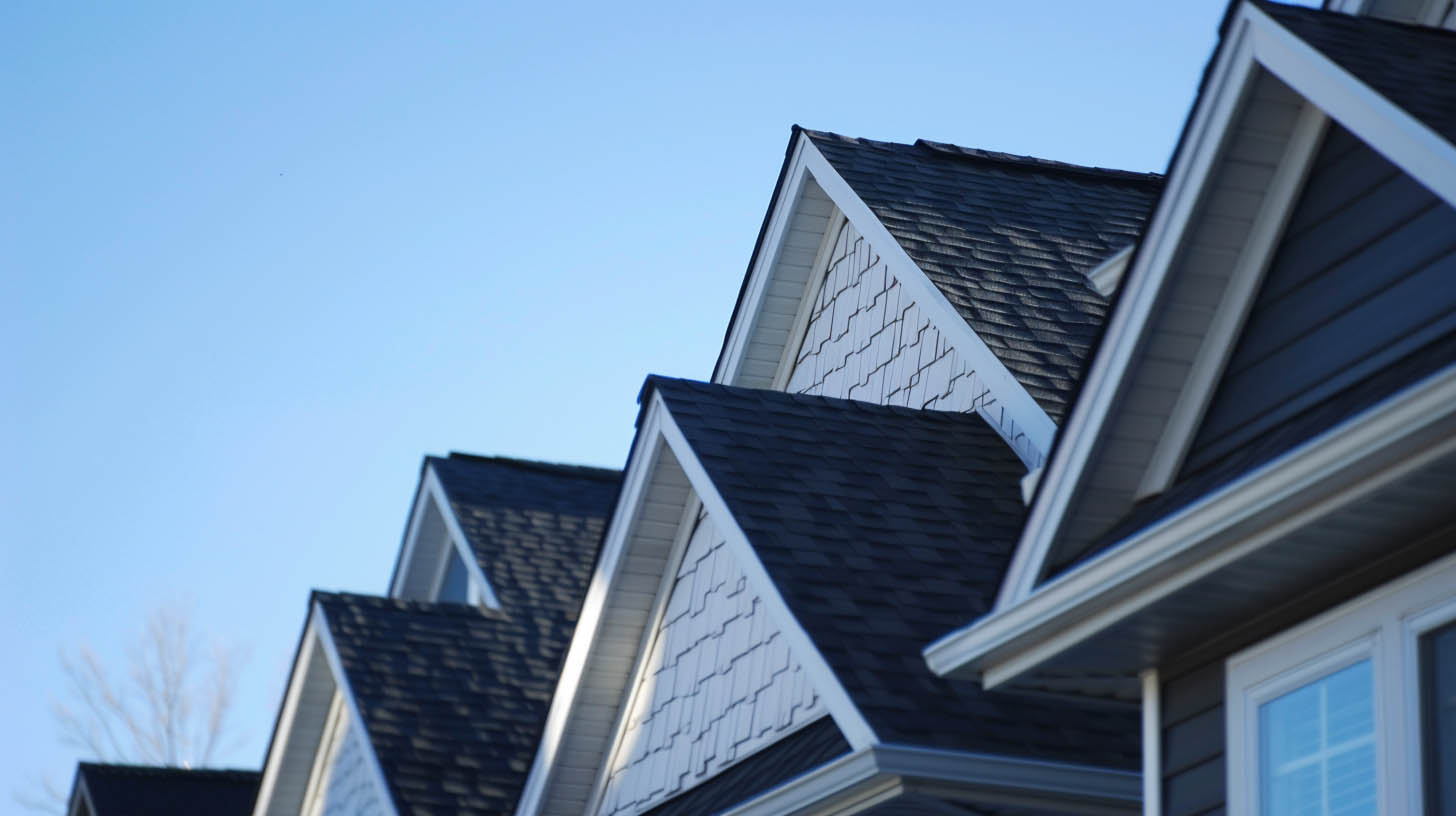
Roofing is more than just shingles and beams—it’s your home’s first line of defense against the elements. When it comes to ensuring your roof stands strong against the toughest weather conditions, one crucial component often goes overlooked: The Importance of Ice and Water Shield and similar underlayments, such as Storm Guard.
The Importance of Ice and Water Shield &
Storm Guard Underlayments

Your roof is a silent guardian, standing tall against the ever-changing moods of Mother Nature. From the scorching rays of summer to the biting cold of winter, it faces a constant battle, and the elements can be formidable foes.
Let’s delve into the challenges posed by weather extremes and the crucial role played by the unsung hero: The Importance of Ice and Water Shield.
There are several important aspects to keep in mind.
Ice and Water Shield & Storm Guard Explained
Whether you choose Ice and water shield (more expensive) or Storm Guard (least expensive), it’s important to note that they are not your run-of-the-mill roofing material. They both offer a specially designed layer that takes its place beneath your shingles. Functioning as a reliable barrier against water infiltration, this shield is anything but ordinary. Its flexibility and self-adhering nature provide an additional layer of defense for your roof.
The layer of defenses it provides are as follows:
Weather-Related Challenges
As your home’s steadfast shield, the roof contends with a myriad of challenges as the seasons unfold. From the scorching embrace of summer’s heat to the biting chill of winter, the weather poses a constant test. These extremes may initially appear benign, but they wield the power to gradually undermine the integrity of your roof. Let’s delve into the specific weather-related challenges that your roof faces throughout the changing seasons.
- Intense summer heat
- Freezing winter temperatures
- Demanding environmental conditions throughout the seasons
- Gradual compromise of roof integrity due to weather extremes
The Menace of Ice Dams and Water Infiltration
Picture a winter scene where freezing temperatures turn snow on your roof into a deceptive adversary. During the day, the snow melts, only to freeze again at night, forming ice dams. These ice dams pose a genuine threat to your roofing structure, allowing water to infiltrate your home and wreak havoc.
These ice dams, harmless at first glance, conceal a genuine threat to the structural integrity of your roofing system. Like silent intruders, they find their way into the vulnerable spaces of your roof, opening the gateway for water infiltration.
Once inside, water begins its insidious journey, causing destruction on your home’s interior, resulting in:
- Compromised Insulation
- Costly Repairs
- Damaged Ceilings
- Decreased Property Value
- Elevated Maintenance Expenses
- Impaired Indoor Air Quality
- Increased Risk of Electrical Issues
- Mold and Mildew Growth
- Peeling Paint and Stains
- Potential Health Hazards
- Reduced Energy Efficiency
- Structural Deterioration
- Weakened Support Structures
The Importance of Regular Roof Maintenance
While the Ice and Water Shield provides a robust defense against various weather-related challenges, it is essential to complement this protective layer with regular roof maintenance. Neglecting routine inspections and maintenance can leave your roof vulnerable to unforeseen issues, diminishing its overall effectiveness in safeguarding your home.
Regular inspections allow for the early detection of potential problems, enabling timely intervention before they escalate into major issues.
Here are 8 key aspects of regular roof maintenance that homeowners should prioritize:
- Inspecting Shingles: Regularly check the condition of your shingles for signs of wear and tear. Damaged or missing shingles can compromise the protective barrier provided by the Ice and Water Shield.
- Clearing Debris: Over time, debris such as leaves, branches, and dirt can accumulate on your roof. This debris not only adds unnecessary weight but can also trap moisture, creating a conducive environment for mold growth. Regularly clear debris to maintain a clean and efficient roofing system.
- Checking for Leaks: Even with the Ice and Water Shield in place, it’s crucial to inspect for potential leaks. Water stains on ceilings or walls inside your home may indicate a leak, and prompt action is necessary to prevent further damage.
- Gutter Maintenance: Ensure that your gutters are free of debris and functioning properly. Clogged gutters can lead to water overflow, potentially bypassing the protective shield and causing water damage.
- Trimming Overhanging Branches: Trees with branches overhanging your roof pose a risk during storms. Trim these branches to prevent them from falling onto your roof and causing damage.
- Checking Flashing: Flashing around chimneys, vents, and skylights plays a crucial role in preventing water infiltration. Regularly inspect and repair any damaged flashing to maintain a watertight seal.
- Addressing Mold and Mildew: If you notice any signs of mold or mildew on your roof or in your attic, take immediate action. Mold can compromise the structural integrity of your roof and pose health risks.
- Professional Roof Inspections: Schedule periodic professional roof inspections. A trained eye can identify issues that may not be apparent during routine homeowner inspections. Professional inspections are especially important after severe weather events.
By incorporating these maintenance practices into your routine, you enhance the effectiveness of the Ice and Water Shield in protecting your home. Regular maintenance not only prolongs the lifespan of your roof but also ensures that it remains a reliable barrier against the elements.
The Role of
Proper Installation

While some homeowners may choose to undertake roofing projects themselves, professional installation of Storm Guard or Ice and Water Shield is recommended for optimal results. Experienced roofing contractors possess the expertise to ensure correct installation, maximizing the protective benefits of the Ice and Water Shield.
Improper installation can compromise its functionality and leave your home susceptible to water damage. When installing or repairing your roof, it is crucial to adhere to industry best practices and manufacturer guidelines.
In conclusion, choosing a high-quality Ice and Water Shield or Storm Guard is a smart investment, but its success relies on precise installation and consistent maintenance. Taking a proactive stance on roof care empowers homeowners to safeguard their homes from nature’s unpredictability, fostering a secure and resilient living space.
Take the first step towards a protected home – prioritize meticulous installation and regular maintenance for peace of mind. Give us a call for a free consultation at 412-218-7082 or Connect with a roofing specialist today.


